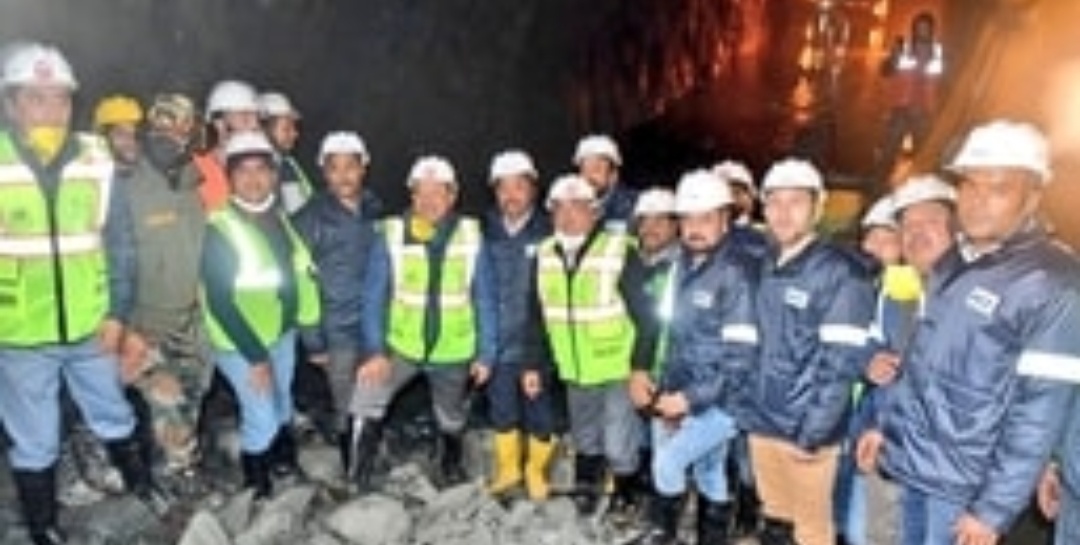In a breakthrough development, the main tunnel of the Katra-Banihal section, T-49, was successfully connected on Tuesday between Sumber and Arpinchala stations, the Northern Railways said.
Once completed, the Udhampur-Srinagar-Baramulla Rail Link (USBRL) mega project will be the longest tunnel of the Indian Railways.
“A major milestone has been achieved by executing break-through of Tunnel T49 between Sumber and Arpinchala Station on ongoing Katra-Banihal Section. It is worthwhile to mention that line and level of the tunnel is precisely achieved in break-through,” the Northern Railways released a statement.
Tunnel T-49 is 12.758 km long and is set to be the longest tunnel of Indian Railways, surpassing the 11.2 km long Pir Panjal Tunnel on the Banihal-Qazigund section.The south portal of Tunnel T-49 is located in the picturesque Sumber village at a distance of 45km from the district headquarters Ramban in Jammu and Kashmir at an altitude of 1400m.The north portal of the tunnel is located near Arpinchala village of Khari tehsil, Ramban district, in Mahu-Mangat Valley at an altitude of about 1,600m.T-49 tunnel has two tubes: the main tunnel and an escape tunnel. It has been constructed by new Austrian tunneling method (NATM), which uses a modern drilling and blast technique. The cross-section profile of the tunnel is a modified horseshoe-shaped.As per international standards, the escape tunnel is being constructed parallel to the main tunnel, connected by cross passages at an interval of 375m to facilitate rescue and restoration work.The Udhampur Srinagar Baramulla Rail Link Project (USBRL) project is set to be 272-km long, of which 161km has already been commissioned and operationalised.An 111-km stretch between the intervening Katra-Banihal section is under progress at rapid pace. The section is particularly challenging due to its terrain in the lower Himalayas, the railways said. The Katra-Banihal section has several major bridges and very long tunnels which are under construction at different stages, the railways said.Despite challenges during construction, such as shear zone, perched aquifer, and highly jointed rock mass, rock problems of squeezing and high ingress of water, the team of experienced engineers successfully achieved this major breakthrough, the railways noted.




